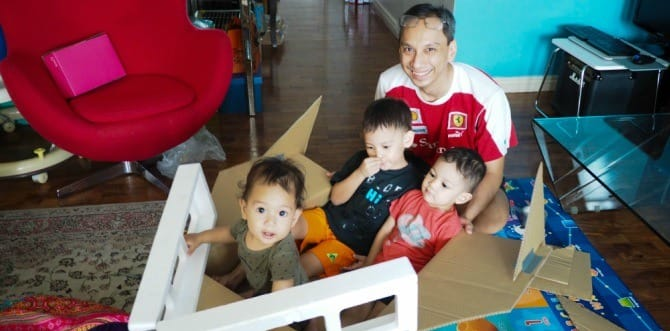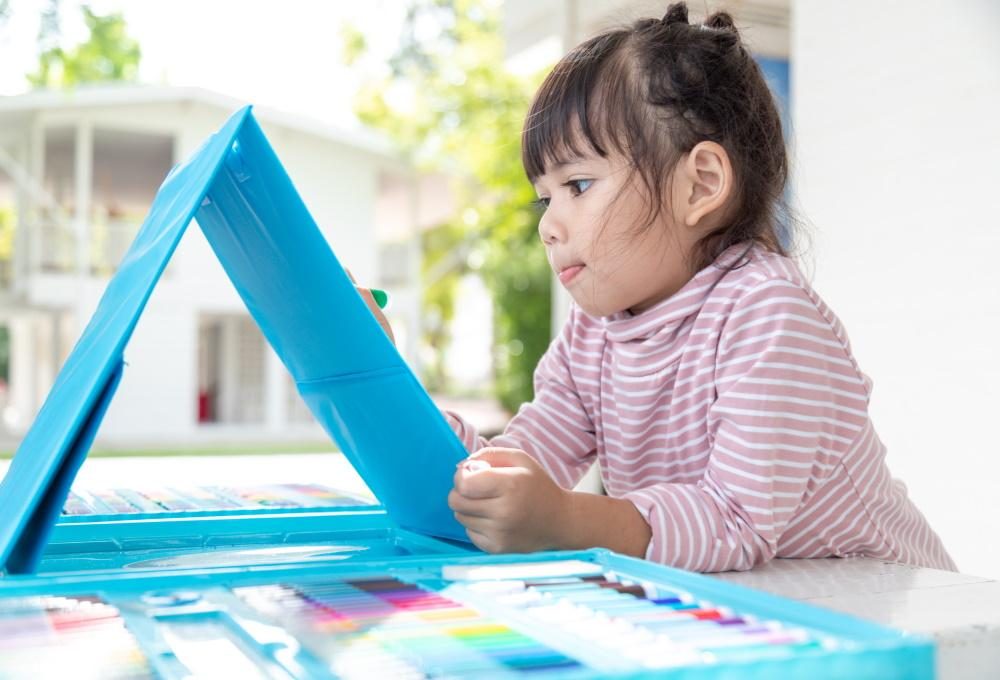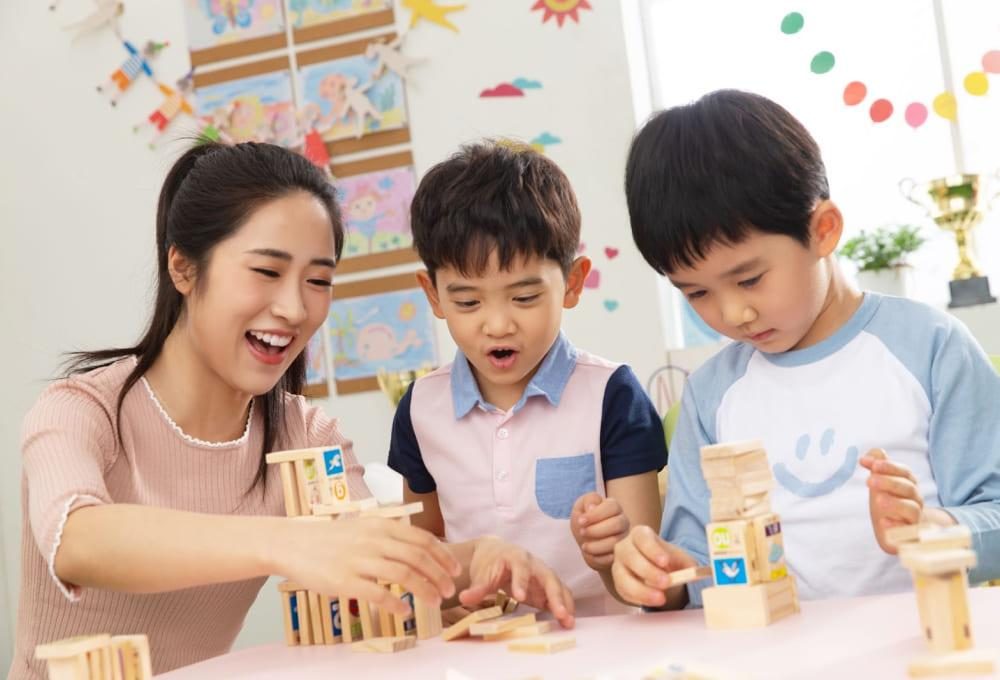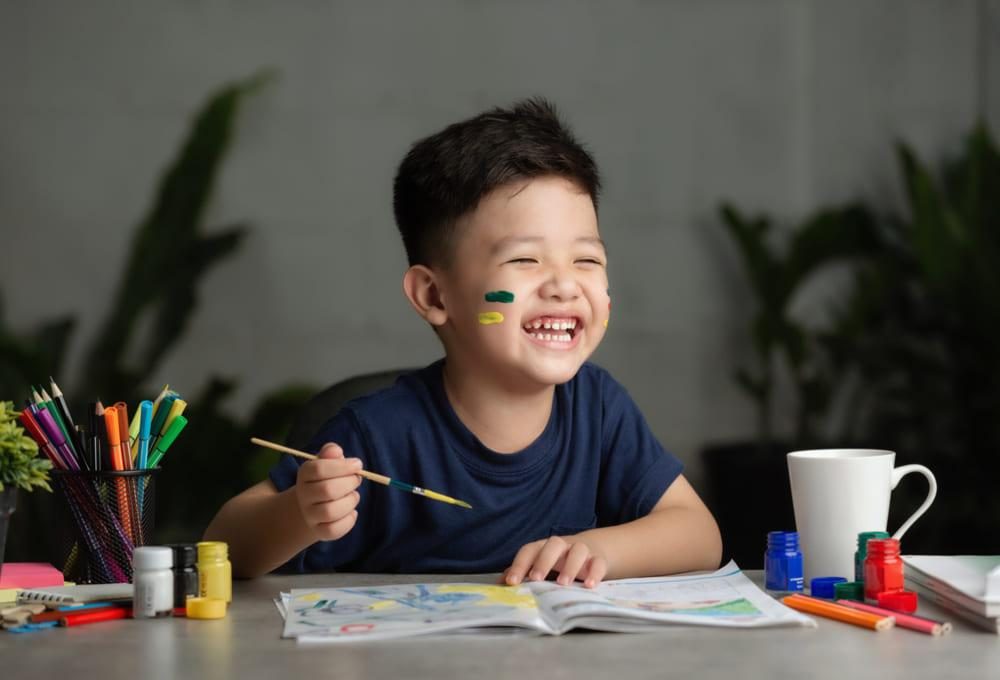3 Different Types of Learning Styles
by on 02/08/2025 ...
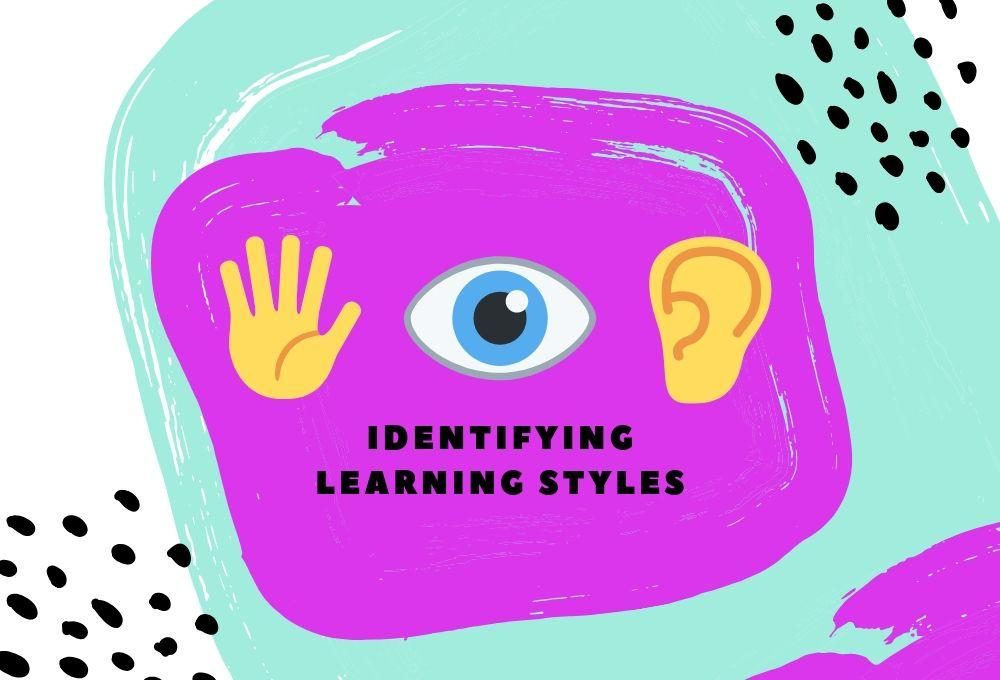
When I was in primary school, my father would get really exasperated with me because I would squirm and fidget when doing my math homework, I would be careless and somehow no matter how hard I tried I always end up losing focus. In addition to all, I am distracted, and I needed to listen to music while I was studying. I can’t seem to remember vocabulary or how words are spelt unless I had my headphones on. My mother used to think I did that on purpose and was not serious about my studies. It drove her crazy and she insisted that I take off my headphones and sit still while I was doing my work. Concentrate! Concentrate! She would yell at me each time. Is that a familiar scene during revision time? Well, I think you will be glad to know that if your child does that, he or she is merely using the best learning strategies to help him learn better. This is called as learning styles – Kopi Soh, Marriage, Family and Children’s Counselor and Best-Sellers Writer
Before identifying your child’s learning style, first, you need to understand three different types of learning modalities. They are auditory, visual, and kinesthetic/tactile. For auditory learners, they learn by talking and listening. If your kid is a visual learner it means that he or she learns best through watching videos, images, or through live demonstration. Meanwhile kinesthetic/tactile learners learn by actually doing it. They learn best through practical experience.
How to Identify – Dear Parents, Pay Attention!
Observe them in a particular setting, for instance while helping them with volcano science project for school, when you are explaining on how to build it, please take note your children facial expressions, words, or body language. Which one out of three is responding the most?
-
If your child’s facial expression changes (puzzled, frustrated, nod when he comprehends) he is most likely a visual learner. Another clue would be that he is interested in video games, watching television and surfing the internet. His problem-solving skills would most likely be looking around for solutions.
-
If your child starts asking questions, talking and expressing through words than he is most likely an auditory learner. If he is an auditory learner her would most likely enjoys music too. His problem-solving methods would involve discussions.
-
If he or she is a tactile learner, they would pick up the parts examine it or turn away when they are not interested or bored. They would express themselves through their body language and is quite into physical activity. Most kinesthetic learners use their hands to find a solution. So most likely he would pick up the object and fiddle it to learn and understand.
|
How Can You Support Your Children’s Learning? |
|
|---|---|
Auditory LearnerIf your child learns best by listening, you should try methods of teaching that involve reading out loud to them, talking and engaging them in conversations and discussion, music, and perhaps by oral drill. Example: – To teach them how to multiply you might, quiz them out orally by asking “what is 4 times 6” or even spelling a word out loud. |
|
Visual LearnerWhen helping your child learn, use written methods or visual methods, letting them watch a documentary or writing down problems and solutions. Perhaps even making charts, graphs, and diagrams, when teaching them. |
|
Kinesthetic/Tactile LearnerYour child will learn best when they are using their body or hands to touch. Use methods that involve physical activity, muscle movement and hands-on projects. |
|
About Kopi Soh, The Author
Kopi Soh possessed a MA qualification in Psychology, Specializing in Marriage, Family and Child Counseling. Her area of specialty is working with children, adolescents, couples and families. She is also a renowned artist and has published two self-help best sellers books throughout Malaysia.

















